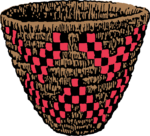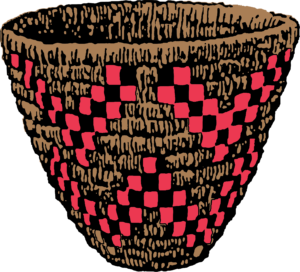Prevent the spread of the Covid-19 virus and protect yourself and family while sheltering in place. Here are recommended ways to clean and disinfect your home:
Surfaces:
- Wear disposable gloves when cleaning and disinfecting surfaces. Gloves should be discarded after each cleaning. If reusable gloves are used, those gloves should be dedicated for cleaning and disinfection of surfaces for Covid-19 and should not be used for other purposes.
- If surfaces are dirty, they should be cleaned using a detergent or soap and water prior to disinfection.
- For disinfection, diluted household bleach solutions, alcohol solutions with at least 70% alcohol, and most common EPA-registered household disinfectants should be effective.
- Diluted household bleach solutions can be used if appropriate for the surface. Follow manufacturer’s instructions for application and proper ventilation. Check to ensure the product is not past its expiration date. Never mix household bleach with ammonia or any other cleanser. Unexpired household bleach will be effective against coronaviruses when properly diluted.
- Prepare a bleach solution by mixing 5 tablespoons (1/3 cup) bleach per gallon of water OR 4 teaspoons bleach per quart of water.
- Products with EPA-approved emerging viral pathogens claims are expected to be effective against Covid-19 based on data for harder-to-kill viruses. Follow manufacturer’s instructions for all cleaning and disinfection products (e.g., concentration, application method and contact time, etc.).
- For soft (porous) surfaces such as carpeted floor, rugs and drapes, remove visible contamination if present and clean with appropriate cleaners indicated for use on these surfaces. After cleaning:
- Launder items. If possible, launder items using the warmest appropriate water setting for the items and dry items completely OR use products with the EPA-approved emerging viral pathogens claims that are suitable for porous surfaces.
Clothing, towels, linens:
- Wear disposable gloves when handling dirty laundry from an ill person and discard after each use. If using reusable gloves, they should be dedicated for cleaning and disinfection of surfaces for Covid-19 and should not be used for other household purposes. Clean hands immediately after gloves are removed.
- If no gloves are used when handling dirty laundry, wash hands afterward.
- If possible, do not shake dirty laundry. This will minimize the possibility of dispersing virus through the air.
- Launder items using the warmest appropriate water setting for items and dry completely. Dirty laundry from an ill person can be washed with other people’s items.
- Clean and disinfect hampers according to guidance for surfaces. If possible, consider placing a disposable bag liner or one that can be laundered.
Hand hygiene and other preventive measures:
- Household members should clean hands often, including immediately after removing gloves and after contact with an ill person. Wash hands with soap and water for 20 seconds. If soap and water are not available and hands are not visibly dirty, an alcohol-based hand sanitizer that contains at least 60% alcohol may be used. If hands are visibly dirty, always wash with soap and water.
- Household members should follow normal preventive actions at work and home including recommended hand hygiene and avoiding touching eyes, nose or mouth with unwashed hands.
Additional key times to clean hands include:
– After sneezing or nose blowing
– After using the restroom
– Before eating or preparing food
– After contact with animals or pets
– Before and after providing routine care for another person who needs assistance (a child for example)
Other considerations:
- The ill person should eat or be fed in a separate room if possible. Non-disposable food service items used should be handled with gloves and washed with hot water or in a dishwasher. Clean hands after handling used food service items.
- If possible, dedicate a lined trash can for the ill person. Use gloves when removing garbage bags, handling and disposing of trash. Wash hands after handling or disposing of trash.
- Consider consulting with your local health department about trash disposal guidance if available.
- Clean and disinfect frequently touched surfaces such as tables, doorknobs, light switches, countertops, handles, desks, phones, keyboards, toilets, faucets and sinks. Clean dirty surfaces using detergent or soap and water prior to disinfection. To disinfect, most common EPA-registered household disinfectants will work.

***Source: National Center for Immunization and Respiratory Diseases (NCIRD), Division of Viral Diseases: National Institutes of Health, CDC, UCLA and Princeton University***

